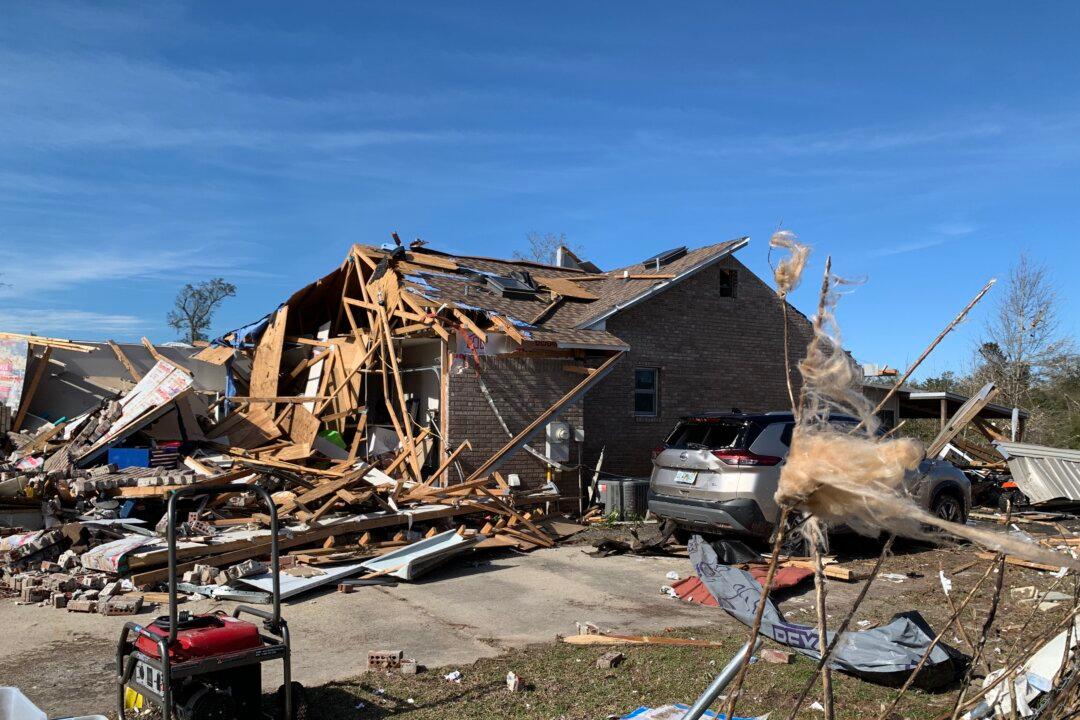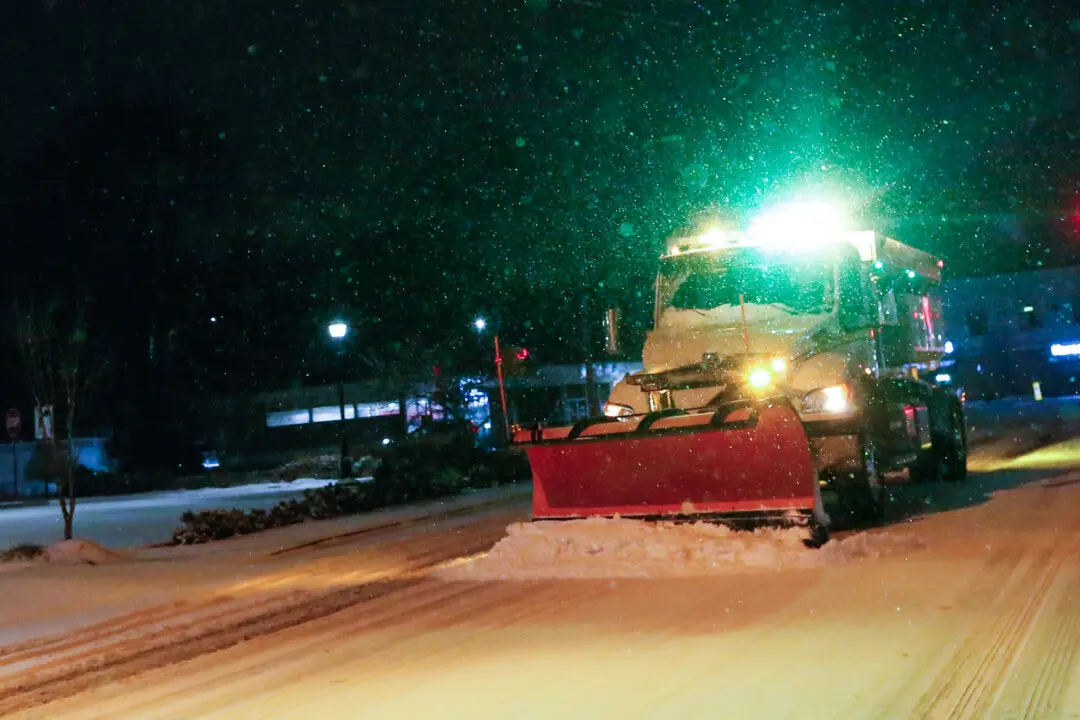BAYHEAD, Fla.—“I heard the freight train like everybody says, and I felt the house rocking,” homeowner Don Mayo told The Epoch Times outside his house. “This house didn’t do that with [Hurricane] Michael.”
The Vietnam War veteran and his neighbors were outside the morning after several tornadoes struck the Florida Panhandle in the early hours of Jan. 9. At that time, they were still without power.





